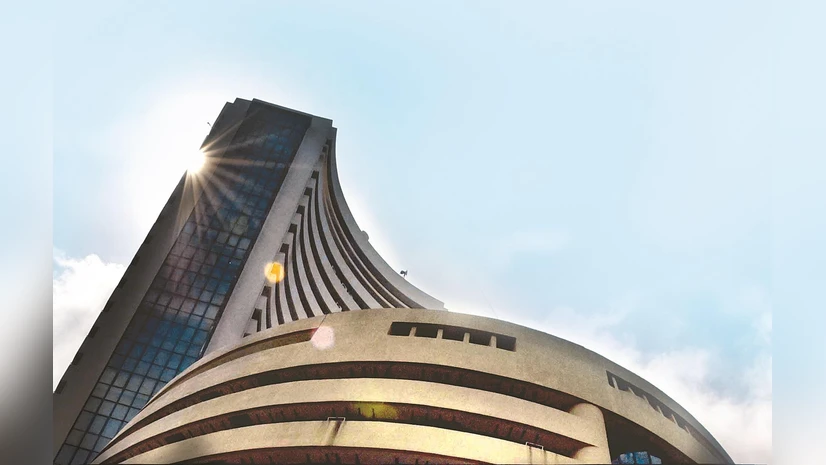CEAT upgraded to Buy: is not just a transactional development but a strategic event in the energy sector.
It reflects industry shifts, policy alignment, and cross-border cooperation that could reshape the market.
CEAT latest acquisition, stock analysis: Brokerages have turned bullish on tyre maker CEAT after the completion of its $225 million acquisition of Michelin’s Camso Construction Compact Line business, despite near-term integration challenges. Analysts see the deal as transformative for CEAT’s positioning in the high-margin off-highway tyre (OHT) space, upgrading the stock to a ‘Buy’. Nuvama has raised its rating to ‘Buy’ from ‘Hold’, with a target price of ₹3,335, implying 17 per cent upside, pointing at improved earnings visibility, margin expansion potential, and attractive valuations after the recent correction. Nomura, which upgraded the stock on September 4 after the GST rate cut on tyres, has a more optimistic target price of ₹4,037 (20.7 per cent upside), underpinned by CEAT’s OHT ramp-up and favourable demand drivers in its core India business. Camso strengthens OHT positioning CEAT concluded the Camso deal on September 1, acquiring two manufacturing facilities in Sri Lanka, a global distribution footprint, and worldwide brand rights. Camso operates in compact construction tyres and tracks with a revenue run rate of $130-150 million at about 50 per cent utilisation. Nuvama said Camso’s 20 per cent share in premium tracks and 10 per cent in the overall segment will materially boost CEAT’s presence in global OHT markets. CEAT’s share of OHT and international revenues is expected to climb from 15 per cent/19 per cent currently to 21 per cent/25 per cent, accelerating its premiumisation strategy. Nomura, however, highlighted that integration challenges could cap near-term benefits. Revenue contribution during the first 4-6 quarters may remain at the lower end of the guided range, with margins stuck in the low teens until operations normalise. CEAT also plans to set up a mixer/calender plant within 12-18 months to improve efficiencies. Over the medium-term, utilisation gains could push Camso’s margins closer to 20 per cent, the brokerage added. Track Stock Market LIVE Updates Growth outlook: medium-term benefits visible Nuvama forecasts CEAT to deliver a consolidated revenue CAGR of 12 per cent and Ebitda CAGR of 19 per cent between FY25–28, with Camso adding incremental growth on top of a 9 per cent CAGR expected from the core replacement, OEM and export businesses. Ebitda margins, currently in the low teens, could expand meaningfully as Camso scales up and raw material costs stay benign. Nomura estimates Camso will contribute ~8 per cent to CEAT’s consolidated FY27 financials, factoring in ~$165 million of revenue and ~16 per cent margins by then, with some downside risk during integration. What stands out is that as Camso ramps up, OHT contribution to CEAT’s topline is likely to rise to ~25 per cent by FY27 – the highest among peers. Valuations and domestic catalysts While the $225 million outlay will temporarily lift CEAT’s net debt from ₹1,900 crore in FY25 to ₹2,900 crore in FY26, Nuvama expects deleveraging to ₹2,400 crore by FY28 on the back of strong cash flows. After a ~15 per cent correction in the past two months, the stock trades at 15x/13x FY27E/28E P/E, which Nuvama views as favorable risk-reward. Its long-term target price is pegged at ₹3,900. Nomura added that CEAT’s India operations could also see a demand tailwind following the recent GST rate cut, which should support both original equipment and replacement sales across passenger vehicles and two-wheelers — together making up ~92 per cent of CEAT’s revenue mix. With raw material prices expected to remain stable, margins could get a further boost. On valuations, Nomura noted CEAT trades at ~6.5x FY27 EV/Ebitda, attractive compared to peers. That said, brokerages agree the Camso deal is a strategic leap for CEAT, lifting its OHT presence and premiumisation profile, though Nomura cautions that benefits will fully reflect only by FY27-28 once integration is complete. In the interim, domestic catalysts such as the GST cut and healthy demand momentum are expected to cushion earnings.
CEAT upgraded to ‘Buy’: Analysis
This agreement highlights both immediate business gains and long-term regional implications.
It must be understood through the lens of demand growth, renewable transition, and geopolitical strategy.
Causes
– Rising energy demand and the global clean energy transition.
– Regional cooperation goals between India and its neighbors.
– Company diversification into renewable and sustainable power.
Immediate Effects
– Boosts credibility in renewable energy initiatives.
– Attracts investor confidence and policy alignment.
– Generates capital inflows into regional projects.
Medium-to-Long-Term Effects
– Enhances national and regional energy security.
– Deepens trade and economic integration.
– Increases competition among power producers.
Risks and Challenges
– Potential delays due to financing, land, and environmental approvals.
– Cross-border tariff and regulatory negotiations.
– Seasonal hydro variability impacting consistent supply.
Conclusion
The CEAT upgraded to Buy: is a strategic win–win. It aligns corporate diversification with national clean energy goals while unlocking long-term regional cooperation.
Its real impact will depend on execution efficiency, tariff clarity, and geopolitical balance.







